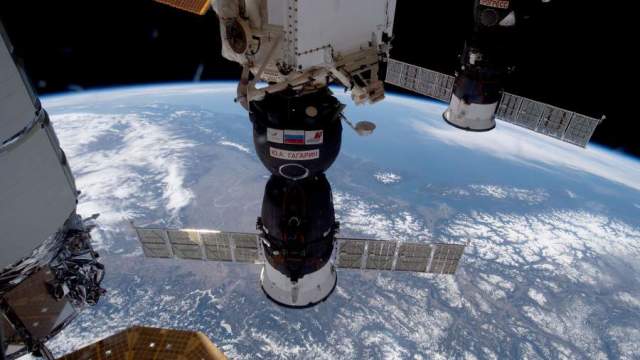The Russian Automated System for the Prevention of Dangerous Situations in Near-Earth Space (ASPOS OKP) continues to monitor space debris near the International Space Station (ISS). This was announced on Tuesday, November 16, by the state corporation Roscosmos.
"ASPOS OKP continues to monitor the situation in order to prevent and fend off all possible threats to the safety of the International Space Station and its crew," the published message says.
Roscosmos noted that dozens of flights to the ISS have created conditions for international cooperation in difficult situations. This is also confirmed by cases of mutual assistance provided by the ISS crew and specialists on Earth.
"We are convinced that only the joint efforts of all space powers will be able to ensure the most secure coexistence and activity in outer space," the state corporation said in a statement.
A day earlier, Roscosmos reported that space debris approaching the ISS no longer threatens the station.
Earlier in the day, it became known from the negotiations of the station crew with the Earth that the astronauts would have to hide in the Soyuz spacecraft and on the American segment due to the threat of a collision with space debris
There were no signs of contact with debris at the station, the pressure on the ISS has not changed.
Earlier, on November 10, the altitude of the orbit of the International Space Station was adjusted to avoid a collision with a fragment of the Chinese satellite Fengyun-1C. After the maneuver, the height of the ISS orbit increased by about 1.2 km.
The maneuver was carried out using the Progress MS-18 transport cargo ship docked to the Zvezda service module of the Russian segment of the station. Their mooring engines were turned off at 23:15 for six minutes.
Fengyun-1C is a Chinese meteorological satellite. It is known that on January 11, 2007, China successfully tested its own anti-satellite weapons. As a result, the weather satellite, which was in orbit at a height of 865 km, was destroyed by a direct missile hit.

